Blog
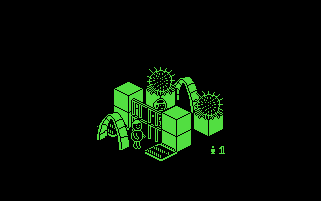
Part 1: 1980s Home Brew – The Beginnings 3 part special from NZ designer Carl Muller
In Part 1 Carl tells us about where he first encountered computers as a child in Fiji and how he created his first games (and made his first sale) typing listings onto the display machines at his New Zealand home town’s computer shop.
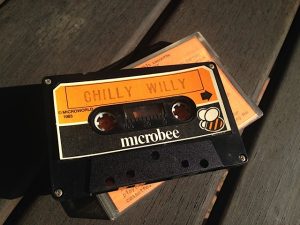
My start in the games industry
I’ve been making games for a while and what got me into games as a kid was a visit to the Lismore Show. I grew up in rural NSW and a trip to the Lismore Show was a big event – it was basically lots of cows and horses and ferris wheels. A number of tents were set up to show off different things and in one of the tents was a computer exhibition. In the exhibition they had a PET computer running a game called “Colossal Cave”, which was written by Crowther and Woods.
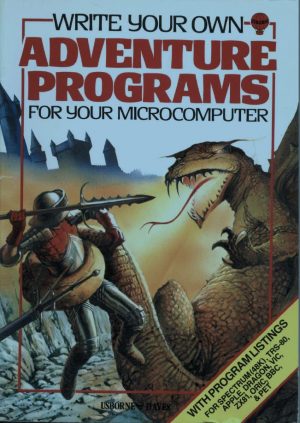
If you had access to a micro computer in the 1980s chances are you played a text adventure.
Frustrated gamers playing text adventures would inevitably find themselves at some time typing a string of expletives into the hapless interface only to be rewarded by a snide comment or just more stonewalling from the game. Infuriating and often very punitive on the player the punishing nature of these games made the actual mastery of a text adventure a special pleasure.
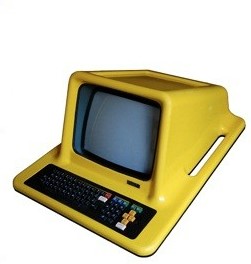
The Poly Computer: NZ’s purpose-built school computer
The New Zealand government’s Development Finance Corporation partnered with Progeni Computers, in Lower Hutt, to form Polycorp. The Poly-1 was manufactured by Polycorp and became available in 1981. Meanwhile the original prototype team had pitched a concept successfully to the Minister of Education, for a commitment to support the computers’ development and guarantee take-up of a certain number of Polys into NZ schools.
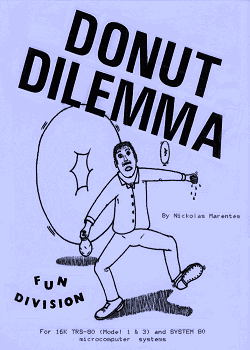
The Life and Times of an 80’s Game Programmer – Putting it all together
How does game development back in the early 80’s compare to game development today? For starters, the computers of that era were far less powerful and didn’t have anywhere near the graphics and audio capabilities of today’s power houses. My TRS-80 was monochrome and offered a graphic resolution of only 128 x 48 pixels and sound was generated by toggling the cassette output port on and off.
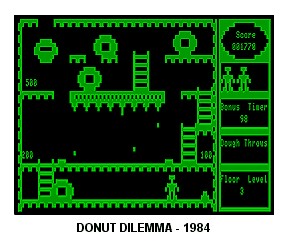
The Life and Times of an 80’s Game Programmer – Chasing a Dream
I was a bedroom programmer like many others who shared this dream in the early 80’s and I loved it! Looking back at my achievements, I did create commercial quality games, I did create a software company and I did eventually sell my games around the world. Unfortunately, I am still waiting to become rich
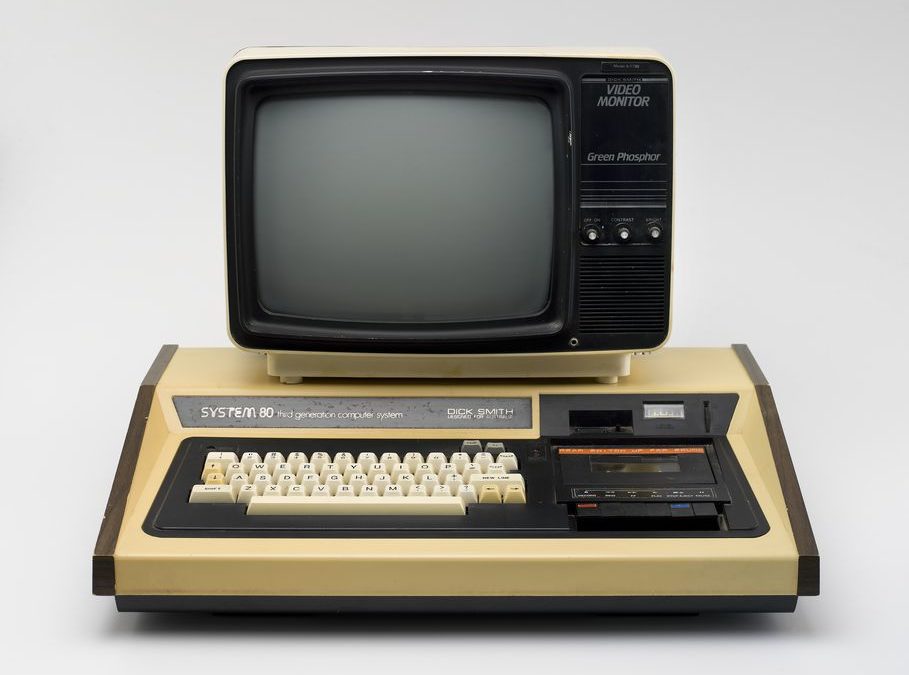
Early 80s games, and their huge influence on my (non-IT) career
I was never in the “gaming scene” or “gaming culture” as such. I was never a member of a software-swapping “club” nor did I spend many night and weekends gaming with my peers. Unlike many retro-gaming enthusiasts, who remember the games of their school and teenage years, by the time I got my first computer (the Dick Smith System 80) I was already 23, married and hard at work.
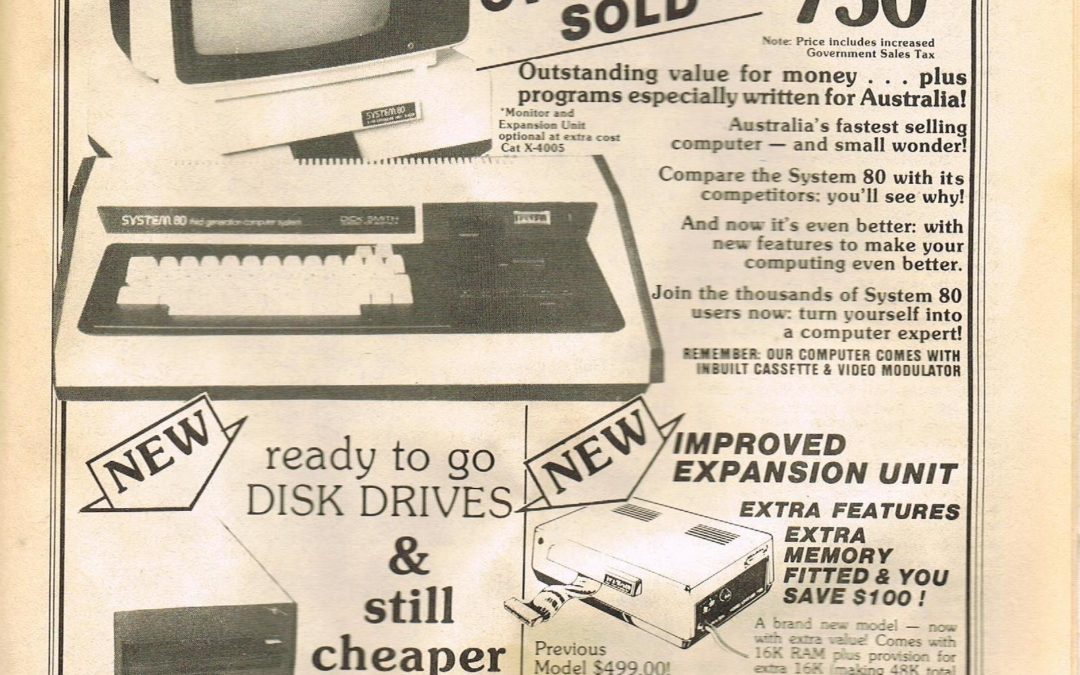
‘Little’ computers
What was the games computer in your house? Did your household spend up big, or opt for a ‘little’ computer? Was the purchase a big deal occasioning much research, or did it just arrive? Did it plug into a (the?) TV or separate monitor? What are your abiding memories of using it? Please tell us your story, better still if you have pictures!
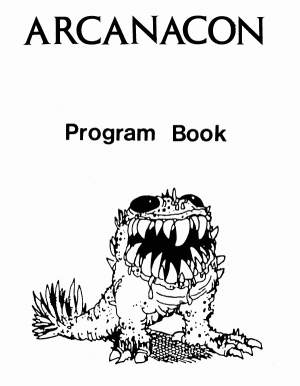
Role Playing Games Conventions in 1980s and local community
Local role playing games conventions such as Melbourne’s Arcanacon and Canberra’s Cancon were important in the 1980s in bringing together people who were interested in the emerging genre of home computer games. Steve Fawkner, author of the “Warlords” series and “Puzzlequest” games, recalls taking the first computer game he wrote “Quest for the Holy Grail” to a games convention in Melbourne in 1984 and giving it away.
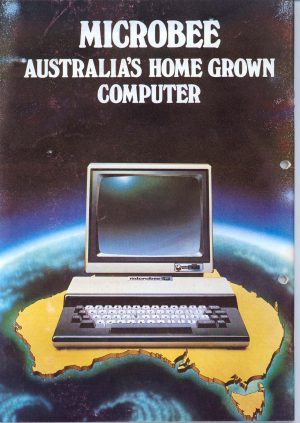
Microbee – a local AU computer
The Microbee was an Australian computer designed, built, and marketed by Applied Technology, in Gosford, N.S.W. Originally released in February 1982, it was intended for the schools market but also had a wide and deep following amongst home users. A considerable amount of software was published locally for the Microbee, through Honeysoft. Many titles were games.
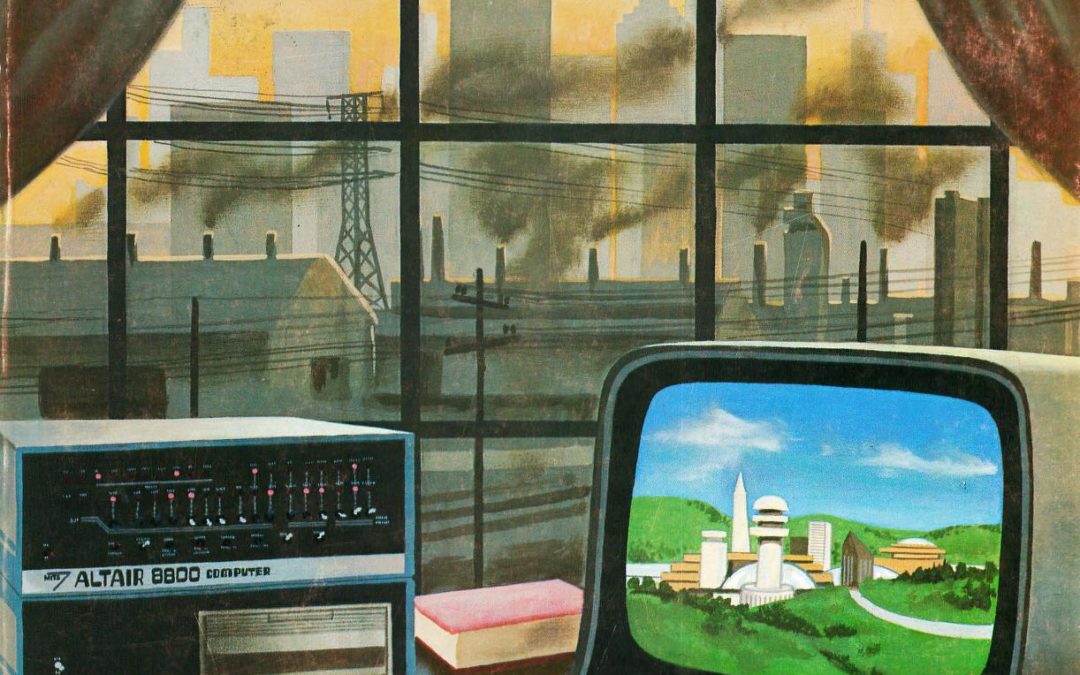
Build your own computer
In the long 1980s decade, some hardly souls in both New Zealand and Australia built their own computers.
New Zealand Microcomputer Club legend, Selwyn Arrow, recalls building his first computer (or part thereof):
It was either Christmas 77 or 78, more likely 1978…A copy of Byte magazine arrived…I read it twice, including all the ads. It just opened up a whole new world…

User Groups
Were you a user group sort of person? What did your user group do? How did you find out about it?
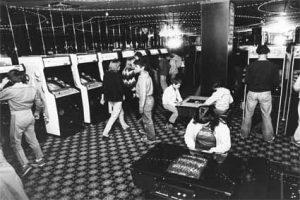
Local Arcade Culture
What was your local arcade like? Tell us about it. Were the machines new, with their own artwork? Or were they generic cabinets, converted from other games?
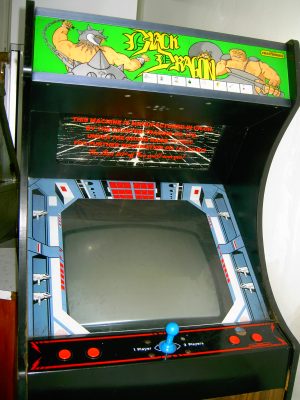
Where did you play?
How does one identify local themes and scenes in digital games history? Figuring out what is local will usually require knowledge of the non-local, won’t it? Well, in 1980s New Zealand there were some unique conditions which meant that games production developed at least partly along its own trajectory. New Zealand had a system of import licensing — first introduced in 1938 — that lasted up until the mid 1980s. The system made it unlawful to import any goods without a license from the Customs Department. According to the late historian Michael King, the system was deeply unpopular.
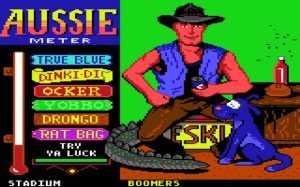
Ocker adventures
This month, we are discussing local scenes and themes, on both sides of the Tasman. To kick things off, I figured the New Zealanders might enjoy a laugh at some cringeworthy Australiana…
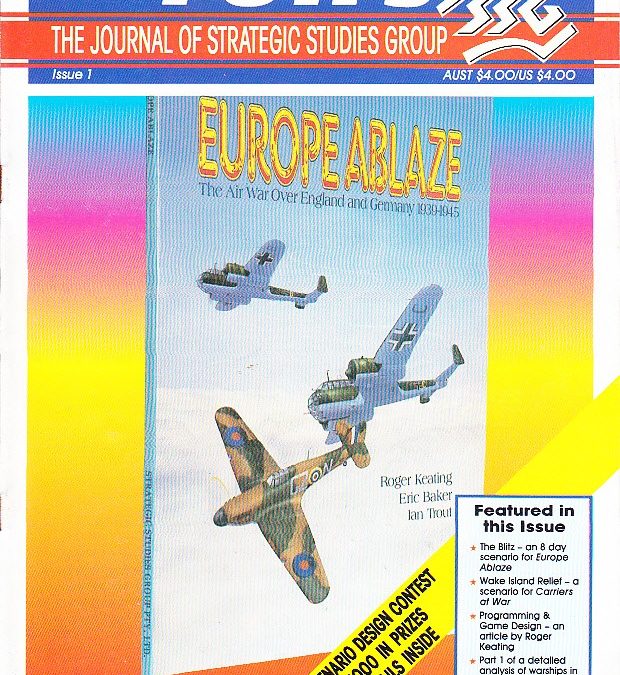
Run 5 Magazine – How SSG joined the Dragon, White Dwarf and the General
Do you remember SSG’s magazine “Run5”? In the 1980s when gamers wanted to get more out their games, to learn strategies to take their gaming to the next level or play new scenarios they relied on old fashioned print.

SSG Interview on Good Morning Australia, August 1985
It was Friday the 16th, August 1985, and our first interview on television. Unfortunately the computer was not hooked up and as a programmer I was the closest thing they had to a hardware expert. At the moment it was working I had time to get to the couch, sit down, and the interview started.
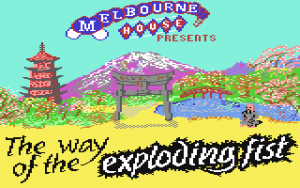
Australian Pioneers: Shocking Tape Loading Stories…
Remember the maddening process of waiting thirty-minutes for a tape to load?
